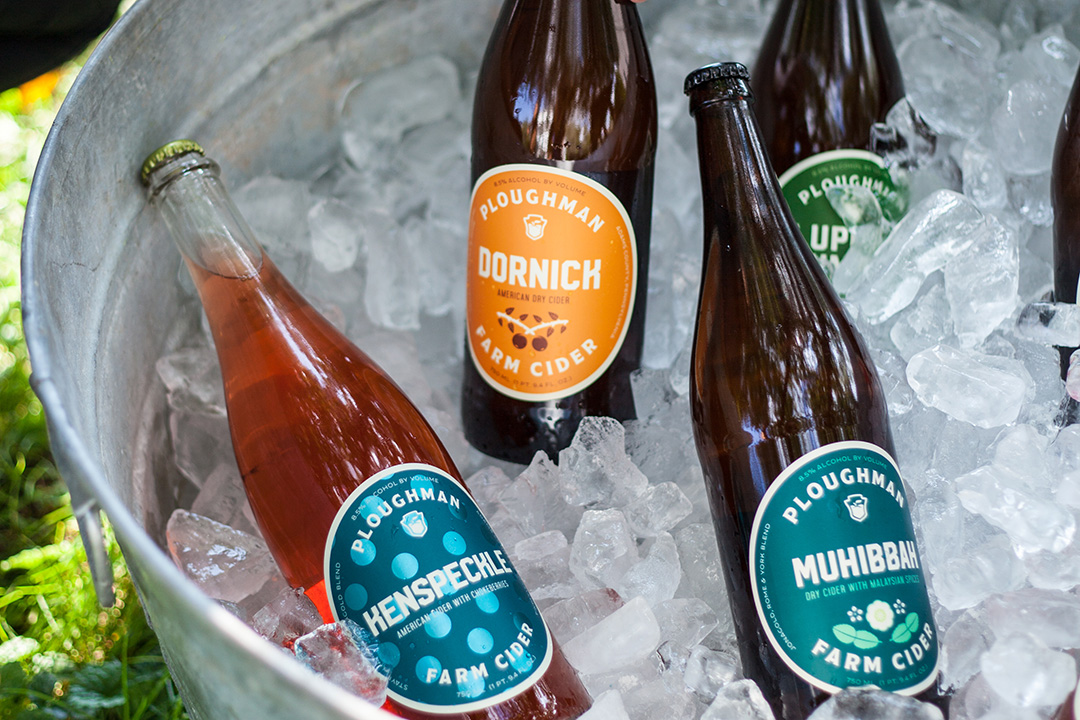
Getting behind the science and using analytical data has become more key in furthering exploration for craft beer creators.
In 2015 Wormtown Brewing’s team of brewer began traveling to the Pacific Northwest for the hop harvest. Since a majority of their production is their ‘Be Hoppy’ IPA, consistency is important noted Head Brewer Scott Drake.
“Sensory of freshly harvested hops led to the discovery of what maturity we like our hops to be harvested,” he explained.
This information is relayed to the farmers and brokers. Farmers can then set aside certain fields for the harvest window that suites Wormtown’s needs.
“The science of hops is a tricky thing,” said Nick Bigham, the Director of QA/QC for Rahr & Sons Brewing. “Since hops are grown once per year, it is an annual crop that needs to be evaluated by the brewer to keep brands consistent.”
Bigham said his brew team, will either travel to Yakima, Washington or select in-house from different batches of hop lots that best fit the brand they are selecting for.
The way hops are evaluated most classically is the ‘Rub and Sniff Method’ in which you rub hops in your hands or fingers to warm up the essential oils from the hop. These oils are then sniffed to understand the overall aroma of the hop.
Bigham added that the American Society of Brewing Chemists has recently come out with two different methods of evaluating hops: The ‘Hop Tea Method ‘ and the ‘Hop Grind Method.’
“[They] are two newer thoughts on hop evaluation to be able to elicit more compounds from the hop that someone would normally not be able to pick out,” Bigham pointed out. “We have not implemented these two new methods in our hop evaluation in the past, but plan to for this year’s hop selection in-house.
“Once the hops are selected for the year, that particular lot is set aside for the brewery to maintain consistency during the upcoming year.”
Drake added that Wormtown began testing IBUs in-house this past year.
“It has allowed us to attain a better understanding of IBU pick up at every step of the process,” he said. “Late-hop additions were always estimated. Some thought there was almost no IBU pickup. Analysis displayed the opposite and now IBU contributions are calculated for late hop and whirlpool additions.”
Using an array of ten 1.5-gallon corny kegs, MadTree‘s sensory research team has recently started investigating dry-hop effects on flavor profile and panelist preference.
Specifically, noted MadTree’s Mike Stuart, these investigations have evaluated the effects of hop lot changes, hop ratios, and hop exposure time on sensory parameters such as overall hop aroma intensity, citrus aroma, and astringency.
”This will allow us to not only create recipes using novel techniques, but also improve the flavor stability of existing brands,” he said.
More will be shared on how breweries are using newer experimentation methods and technology to dig into hops on Thursday.




1 Trackback / Pingback